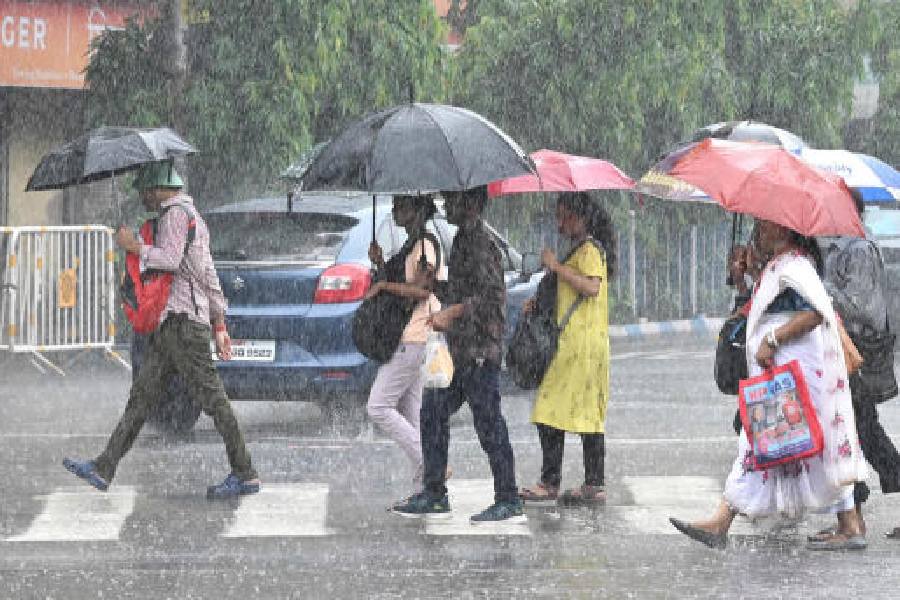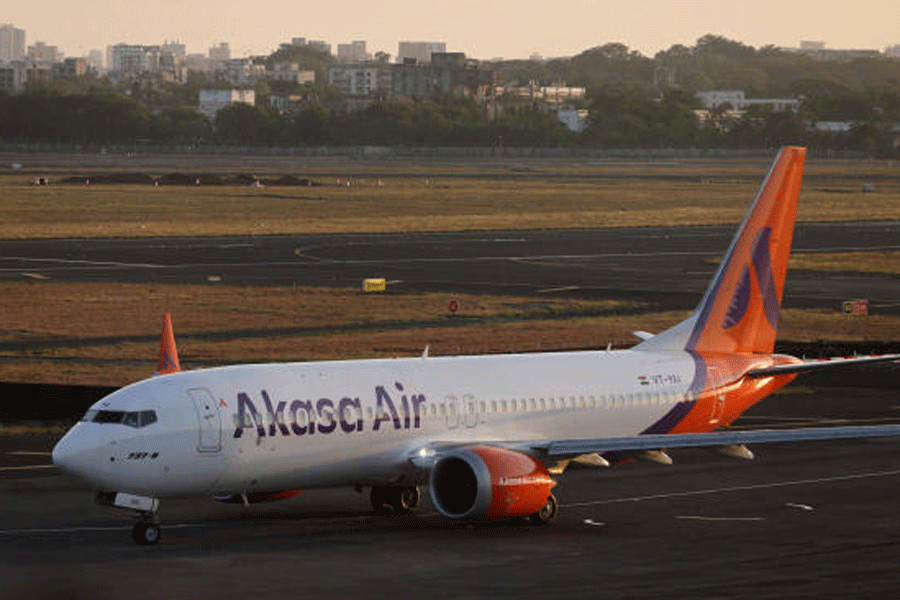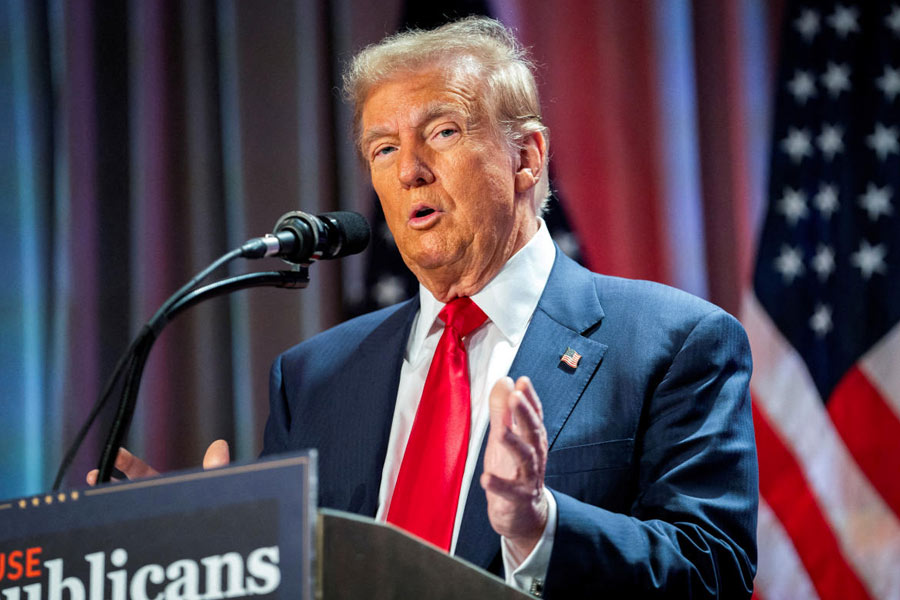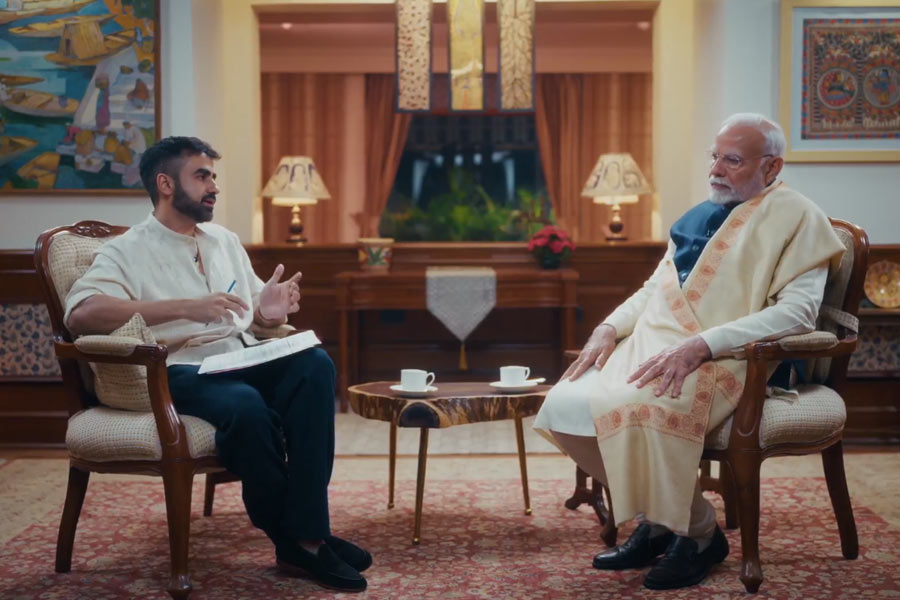The monsoon deficit in Calcutta, around 50 per cent at the end of June, has narrowed to around 34 per cent now, the Met office said on Monday.
A spell of heavy rain can tilt the scales and take the city to a surplus zone.
A Met official, however, said chances of that happening are slim.
“Rain is likely in Calcutta on Tuesday and Wednesday. But it is unlikely to be heavy,” he said.
Between June 1 and July 28, the Met office recorded 425.8mm of rain in Alipore. The readings recorded by the Alipore office serve as the official readings of the city.
The city’s quota, for the same period, is 644.9mm, according to the Met records. The difference translates to a 34 per cent deficit.
Take only July and the gap is narrower. Between July 1 and 28, the city has received 282.6mm of rain, compared to 362mm that it should have, said a Met official.
July’s usual rainfall quota in Calcutta is just under 400mm, making it the rainiest month of the year. In the past five years, July 2021 has been the rainiest in Calcutta (see chart).
Met officials had initially blamed the absence of rain-bearing systems on the Bay of Bengal for the shower shortfall. Monsoon rain in lower Gangetic Bengal is dependent on low-pressure systems over the Bay of Bengal. This year, between June 1 and the first week of July, there had only been a single low-pressure area (around June 28) on the Bay.
But since then, there have been three more systems on the Bay. The last one, a low-pressure area, took shape on north Bay and adjoining areas of Bangladesh before moving towards Jharkhand.
For almost all of June and the beginning of July, the position of the monsoon trough and the flow of monsoon currents, they said, have been favourable for north Bengal, where heavy rain threw life out of gear.
But for the past week, the trough has been passing through south Bengal.
“The monsoon trough at mean sea level now passes through Bikaner, Ajmer (both in Rajasthan) Guna, Raisen, Mandla (all three in Madhya Pradesh), Pendra Road (Chhattisgarh), Contai (East Midnapore in Bengal) and thence southeastwards to eastcentral Bay of Bengal and extends up to 1.5km above mean sea level,” said the daily weather report by the Met office in Alipore.
On July 25, it was passing through Canning in South 24-Parganas, less than 60km from the heart of Calcutta. Contai is around 150km from Calcutta.
The monsoon trough is an imaginary line connecting various low-pressure points from west to east. The monsoon trough keeps oscillating. When it is over the foothills of the Himalayas, north Bengal and the Northeast get rain. When it descends to the northern Bay of Bengal, coastal Bengal receives rain. If the trough descends further, peninsular India gets drenched.










